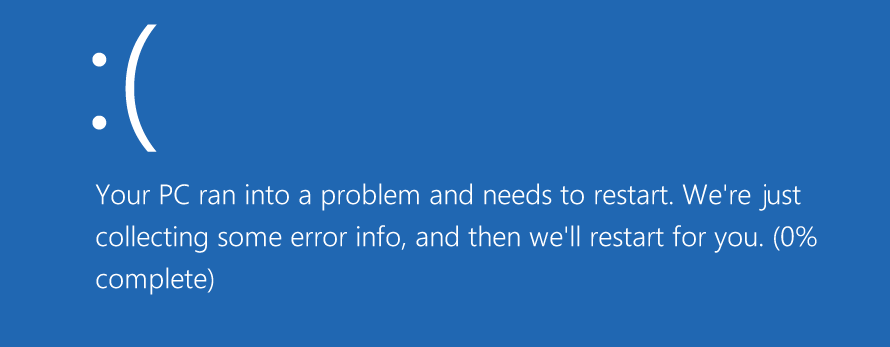Troubleshooting common Windows 11 issues involves identifying the problem and then applying the appropriate solution. Here are some steps you can take to troubleshoot common issues:
- Restart your computer: Often, a simple restart can resolve many issues, as it clears temporary files and resets the system.
- Check for updates: Make sure your system is up-to-date by checking for Windows updates. Go to Settings > Windows Update > Check for updates. Install any available updates and restart your computer.
- Run the built-in troubleshooters: Windows 11 includes a variety of built-in troubleshooters to help diagnose and resolve common issues. Go to Settings > System > Troubleshoot, and choose the appropriate troubleshooter for your issue.
- Update device drivers: Outdated or incompatible drivers can cause issues with hardware and system performance. Update your device drivers by going to Device Manager, right-clicking on the problematic device, and selecting “Update driver.”
- Check for software conflicts: Some issues can arise from conflicts between software applications or background processes. Try starting your computer in Safe Mode to see if the problem persists. If the issue doesn’t occur in Safe Mode, it’s likely caused by a software conflict. You can then identify and remove or disable the problematic software.
- Scan for malware: Run a full system scan using Windows Defender or another reputable antivirus program to ensure that your computer is not infected with malware.
- Restore system settings: If you have recently made changes to your system settings or installed new software, you can use System Restore to roll back your system to a previous state. Type “Create a restore point” in the search bar and click on the result. In the System Properties window, click on “System Restore” and follow the prompts.
- Check your hardware: Ensure that your hardware is functioning properly and securely connected. Loose connections, overheating, or faulty hardware can cause issues with your system.
- Perform a clean boot: A clean boot starts Windows with a minimal set of drivers and startup programs, helping you identify if a specific background service or startup application is causing the issue. Type “System Configuration” in the search bar and click on the result. In the System Configuration window, go to the “Services” tab, check “Hide all Microsoft services,” and click “Disable all.” Next, go to the “Startup” tab, click “Open Task Manager,” and disable all startup items. Restart your computer to perform the clean boot.
- Search online for specific solutions: If you encounter a specific error message or code, search online for solutions. Microsoft forums, community sites, and tech blogs can provide valuable information and solutions for various Windows 11 issues.
Remember to back up your data regularly to protect against data loss in case of system issues or hardware failures. If you’re unable to resolve the issue on your own, consider contacting Microsoft Support or seeking help from a professional technician.
